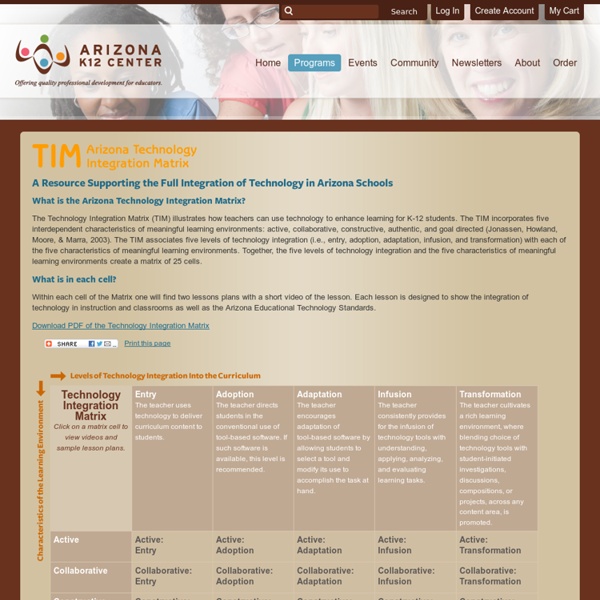Reading Workshop Strategies
Reading Workshop is a powerful way to structure your reading class. Using this model involves encouraging your students to choose their own books as well as providing significant amounts of time for them to read independently. By allowing your students to choose their own books, you can foster a love of reading that will last a lifetime. Research shows that when children spend more time reading, they become better readers.
Learning About Blogs FOR Your Students- Part III: Commenting
This is Part III in the series “Stepping it Up: Learning About Blogs FOR your Students” In Part III , I am exploring COMMENTING on blogs. Commenting is a great introduction to student writing on blogs. It does not require to plan and write an entire blog post. Commenting could be used as a stepping stone for students to “earn” the right to author their own blog posts on a classroom blog or before they get to be administrators of their own student blog.
Education Technology, Apps, Product Reviews, and Social Media – Edudemic
Rapid technology change is here to stay. No sense in trying to change the way the world works–at least when you’re messing with the wallets of major corporations. This kind of change introduces threats to education, which we talked about in part 1.
PDK Washington State Chapter #1599
PDK Journal: Washington State Kappan Our quality Washington State Kappan journal will be published two times per year with the first publication this fall. This is a quality peer-reviewed journal. We encourage you to read it and submit articles.
Out of This World Literacy : 9 Essential Questions When Planning For Guided Reading
I've been asked so many times how to plan for guided reading. Teachers ask me: 1. How do I plan for all those groups? 2. How long should I spend planning?
m-learning on iPad
Across the US, universities and schools see the iPad as the device which will take classroom education truly into the digital era. Educators in particular, feel that tablets will change education because they dovetail with the goals and purposes of education in the digital age. Let’s look at the features that make the iPad such a great learning device. Touch Screen Usability
Digital Learning Futures
TPACK Model Description from the project Resources and references provided by the teaching Teachers to the Future (TTF) project. The Technological Pedagogical Content Knowledge (TPACK) conceptual framework espoused by Mishra and Koehler (2006), underpins much of the national directions for describing use of ICT in learning and for profesisonal work. The TPACK framework “attempts to capture some of the essential qualities of teacher knowledge required for technology integration in teaching, while addressing the complex, multifaceted, and situated nature of this knowledge” (p.1).
8 Classroom Management Tips
by Jennifer Rita Nichols, TeachThought Intern One of the biggest struggles facing new teachers is figuring out how to effectively manage a classroom. This is very different from teaching–make no mistake about it! Most of us learn how to teach in our teacher education programs. We learn about the curriculum and standards that must be followed. We also learn about fun and interesting activities for different subjects and how to plan cross-curricular units to make the most out of the time we have in class.
Why 2016 is about Work / Life Integration
Guest Editor, Life WORDS BY Vanessa Bennett | Guest Blogger ...not Work / Life Balance
Technology Integration Matrix
There's a whole new TIM in town! The version of the Technology Integration Matrix that you are currently viewing was developed by FCIT in 2006. The revised and expanded 2011 Technology Integration Matrix is complete. TIM 2.0 includes detailed descriptions of each characteristic and level and 100 classroom video lesson plans in four core subject areas. The TIM was created with the help of a diverse group of talented educators and we would love to have your input to ensure that the needs of all stakeholders are represented in the new Matrix. Please visit the new TIM and share your feedback!
Teaching Teachers for the Future
We have understood for a long time that expert teachers are those who can bring together their deep knowledge of subject matter with profound understanding of what is good for learning. The combination has been described as Pedagogical Content Knowledge (PCK) and is more than the simple addition of two parts. The fusion is what enabled expert 20th century teachers to transform subject content and represent it in ways that made it accessible to individual learners in their specific contexts. In the 21st century, Information and Communication Technology (ICT) is providing us with new ways to access and process knowledge in every field.
'How Coaching Works' - The Art of Coaching Teachers
UserID: iCustID: IsLogged: false
Oracy in the Classroom: Strategies for Effective Talk
"What makes me enjoy talking the most," explains Milo, a Year 3 student, "is that everybody’s listened to you, and you’re part of the world, and you feel respected and important." Oracy -- the ability to speak well -- is a core pedagogy at School 21, a London-based public school. "Speaking is a huge priority," stresses Amy Gaunt, a Year 3 teacher. "It's one of the biggest indicators of success later in life.



